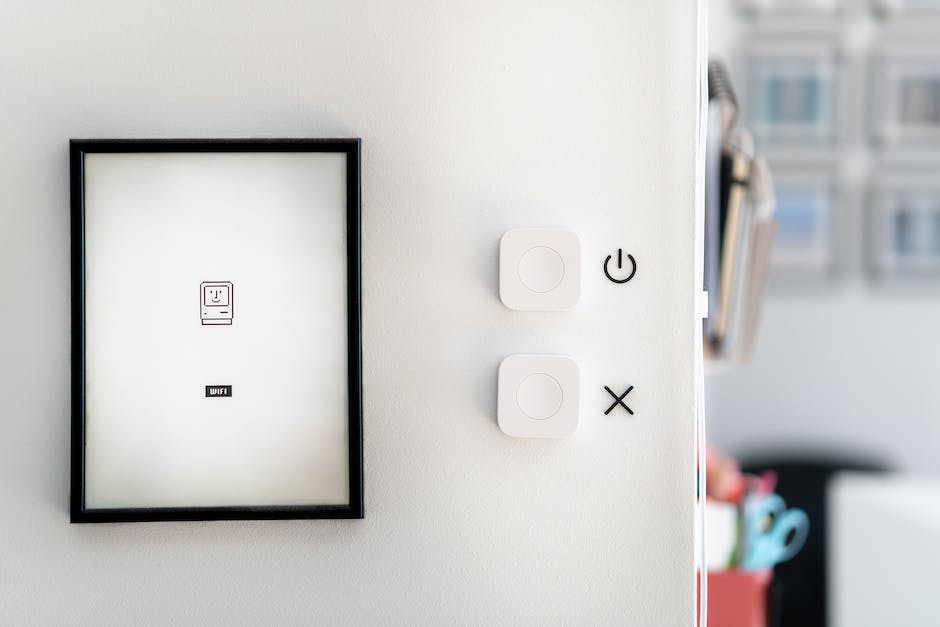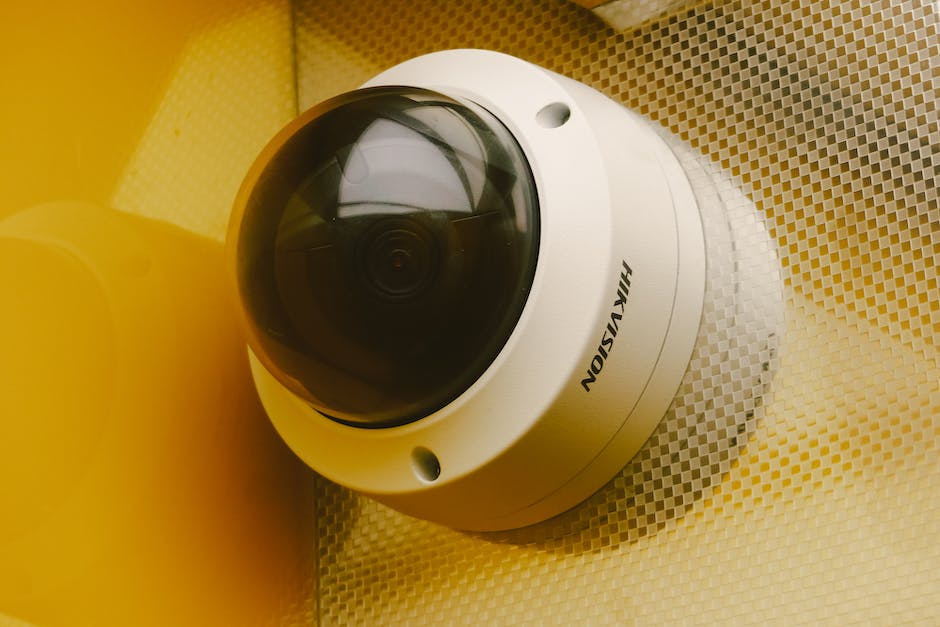Smart homes, once a concept only seen in science fiction, have now become a rapidly evolving reality in the 21st century. As internet-enabled devices permeate every aspect of our daily lives, our homes are no exception to this digital revolution. The advent of smart home technology promises convenience, security, and efficient energy use, transforming the way we interact with our living spaces. This article aims to delve into the depths of smart home technology, discussing everything from the fundamental understanding of it, through to its popular devices and necessary security measures. So whether you’re looking to convert your house into a smart home or merely curious about the technology, this comprehensive guide will serve as your digital handbook.
Understanding Smart Home Technology
Understanding Smart Home Technology
Smart home technology, also known as home automation, refers to a variety of devices, appliances, systems, and technologies that, when combined, create a network that can be partially or completely controlled remotely. This can be done either through a separate device (like a smartphone or tablet), a dedicated home hub, or a home assistant, such as Amazon Alexa or Google Home.
Types of Smart Home Devices
There is a wide range of smart home devices available, which can be categorized based on their function:
- Smart Entertainment: Devices such as smart TVs, speakers, game consoles, and other multimedia devices that connect to the internet to offer enhanced entertainment options.
- Energy Management: Devices like smart thermostats, lighting fixtures, and blinds that can optimize the energy usage of your home, thus saving you on utility bills.
- Security and Safety: This includes smart locks, security cameras, alarm systems, and smoke detectors that can protect your house and notify you of any issues directly on your phone.
- Smart Appliances: These are kitchen or laundry devices, such as refrigerators, ovens, coffee machines, and washing machines, that learn from your habits and optimize operations.
- Health and Comfort: With devices like air purifiers, smart beds or fitness equipment, you can improve the overall living conditions in your home.
Underlying Technology: Internet of Things (IoT) and AI
At the core of smart home technology are the Internet of Things (IoT) and Artificial Intelligence (AI). IoT is the concept of connecting any device with an on and off switch to the internet and each other. This includes everything from smartphones, appliances to wearable devices and more. When applied to home automation, it allows all these devices to communicate, interact, and collaborate in an intelligent way.
AI takes this a step further by making these devices capable of learning from your habits, preferences, and commands. This learning capability enables devices to operate independently and adapt to your behaviors, improving overall efficiency and convenience.
Communication in a Smart Home
Devices in a smart home communicate through various wireless communication technologies. The most common ones used are Wi-Fi, Bluetooth, ZigBee, and Z-Wave. The choice of technology depends on the type of device, its power requirements, and the distance over which it needs to communicate.
Pros and Cons of Smart Home Devices
Smart home technology presents numerous advantages, along with some challenges. Here’s a brief look at both:
- Advantages:
- Convenience: Allows for the control of all appliances from one place, anytime.
- Energy Efficiency: Tends to reduce energy usage, leading to lower utility bills.
- Security: Incorporates advanced security features for a safer home environment.
- Accessibility: Particularly beneficial for the elderly or those with disabilities, thanks to voice command capabilities.
- Challenges:
- Cost: Initial purchasing and installation costs can be high.
- Complexity: Some might find the technology hard to grasp and operate.
- Privacy and Security: Like all internet-enabled devices, there’s a risk of hacking.
In essence, smart home technology makes for a more efficient and dynamic household. However, it’s important to understand how the devices function and the potential risks. To reap the benefits that this technology affords, ensure your devices are up-to-date and that security measures are in place.

Popular Smart Home Devices
The Role of Smart Speakers
In the world of smart homes, devices like the Amazon Echo or Google Home are foundational. These smart speakers serve as hubs, enabling you to control various devices around your home with simple voice commands. They are AI-driven, which means they can handle a range of tasks – setting reminders, playing music, answering queries, and even initiating phone calls. Setting them up is often as simple as plugging in, connecting to your home’s Wi-Fi and syncing with the relevant smartphone app. However, since these devices are always online, they could be vulnerable to cyber-attacks or data breaches. Staying mindful of this, and ensuring good cybersecurity habits, is key.
Smart Thermostats
Smart thermostats such as those offered by Nest or Ecobee allow you to control your home’s temperature remotely via a smartphone app. These devices can learn your preferences over time and adjust the temperature accordingly, enhancing energy efficiency. Most smart thermostats are relatively easy to install but may require a C-wire to provide continuous power. While these devices offer significant conveniences, they are also susceptible to hacking and unauthorized access.
Security Cameras
Security cameras with smart technology like the Arlo Pro or the Ring security camera, allow homeowners to monitor their homes remotely any time of day from anywhere. Many of these devices offer high-resolution video, night vision, motion detection, and two-way talk features. Setting up these devices usually involves installing the camera, connecting it to your home Wi-Fi network, and configuring the settings using a mobile app. They do, however, make tempting targets for hackers, making it crucial to secure them properly.
Smart Plugs
Smart plugs, such as the WeMo or TP-Link smart plugs, are uncomplicated devices that plug into existing electrical sockets. Essentially, they allow you to turn ‘dumb’ devices into ‘smart’ devices by enabling remote control of electricity flow. Setup usually involves plugging the device into a socket, connecting it to your home Wi-Fi, and then controlling it with a smartphone app. However, much like other smart devices, they can also be susceptible to hacking if not secured properly.
Smart Lighting
Smart lighting solutions like those offered by Phillips Hue or Lifx, offer considerable control over the color and intensity of your home lighting. You can control these lights remotely using a smartphone app or voice commands via a smart speaker. However, installation can be a bit more complex than other smart devices, requiring a compatible hub in some cases. And as with the other categories, smart lights can fall victim to cyber-attacks, making security a crucial consideration.
An Overview of Home Assistants
Essential to the functioning of a smart home are home assistants, such as Google Assistant and Amazon’s Alexa. These artificial intelligence (AI) powered platforms centralize control of all smart devices in the home, offering the ability to manage everything from lighting and temperature settings, to home security through a single voice-activated command center. Typically, a smart speaker is needed to enable voice responses from these home assistants. That being said, the storage of personal data on these devices necessitates strong measures to protect against potential data breaches, and has given rise to ongoing conversations on privacy.

How to Build a Smart Home
Embarking on Your Smart Home Journey
Creating a fully integrated smart home involves equipping your home with a network of interconnected devices, granting you improved control over many aspects of your living space. The leap from a traditional home to a smart one can significantly enhance convenience, security, comfort, and overall home management. To achieve a successful transition, some steps to consider include:
- Determining Your Priorities: It’s crucial to pinpoint your goals before embarking on the smart home journey. Are you seeking enhanced security, greater control of your heating and lighting, or simplifying home tasks? Establishing your objectives will help indicate which gadgets to focus on.
- Picking Your Platform: Central to the smart home ecosystem are IoT platforms such as Amazon’s Alexa, Google Assistant, and Apple’s HomeKit. Your choice of platform can affect the range of devices available to you, therefore it’s imperative to choose one that best suits your needs and preferences.
- Advance Gradually: Transforming your home into a smart home doesn’t have to happen overnight. Starting with simple, impactful devices, such as a smart speaker or smart plug, can be an effective first step.
Selecting Compatible Devices
One of the most imperative considerations about transitioning to a smart home is device compatibility. For a seamless smart experience, the devices you select must be able to communicate and work together. Luckily, most smart devices come clearly labelled with the platforms they’re compatible with. For instance, if you chose Alexa as your main platform, you would prioritize devices that are ‘Works with Alexa.’
Manage Wi-Fi and Energy Needs
Smart homes put an extra load on your Wi-Fi and energy needs. The more devices you connect at home, the stronger your Wi-Fi should be to command signals without any glitches. Upgrading your router would be a advisable move if your current one can’t handle the traffic of smart home devices. Power is also key. Make sure that your home has a robust power system that can handle the increased energy demand.
Making your Devices Work Together
Having compatible devices is the first step to creating an interoperable smart home. After all devices are set up and connected to your preferred platform, you can now begin creating routines or automated processes. For instance, you can set a morning routine where your smart lights slowly come on, your thermostat increases the temperature and your coffee maker starts brewing —all by just commanding your smart speaker.
Helpful Tips for a Smarter Experience
- Invest in a good router: Since everything revolves around internet connectivity, a strong and reliable router should be your key investment.
- Prioritize security: Protect your networks with strong passwords, constantly update your devices and keep up with the latest security patches.
- Master your devices: You need to know about all the features and functionalities that your device comes with. This can significantly improve your convenience and overall experience with your smart home.
- Regular maintenance: Just like conventional devices, your smart devices will also need regular upkeep. Always keep them clean and updated to keep them functioning optimally.
If you’re considering upgrading your house into a smart home, there’s no need to rush all at once. It’s best to patiently identify your needs, conduct thorough research to determine what devices are a match for your home, and then methodically roll out those changes. Over time, this approach will enable you to construct a smart home that not only caters to your comfort and convenience but also provides you with peace of mind.

Data Security in Smart Homes
Ensuring Data Security in Your Smart Home
As we move towards a world where our doorbells to our refrigerators are increasingly connected and computer-controlled, valid questions about data security and privacy in smart homes continue to be raised. These potential risks can be a concern for smart home users. However, to mitigate these concerns, manufacturers of smart devices are continuously enhancing security measures to ensure safety and privacy.
Potential Risks of Smart Home Devices
The smart home environment provides a myriad of conveniences, but it also presents a range of potential risks. These risks are primarily due to the nature of the data being transmitted, which can include sensitive information such as passwords, financial details, and personal biometrics.
One of the most apparent risks is unauthorized access to smart devices. If a malicious entity gains access to a smart home network, it could potentially control the devices connected to it, leading to serious privacy invasions. Additionally, the data transmitted through these devices could be intercepted or misused, impacting the user’s privacy and potentially leading to identity theft.
Manufacturers’ Safety Initiatives
Manufacturers are aware of these issues and have been rolling out various initiatives to enhance user safety. This includes employing measures such as two-factor authentication, end-to-end encryption, and automated network and system logs analysis. These steps help ward off unauthorized access and ensure the secure transmission of sensitive information.
For example, automated network and system logs analysis, much like Google’s deployment, helps identify suspicious or unauthorized activity. This information is flagged and escalated to the security team for further investigation.
Manufacturers also use quality assurance measures, intrusion detection mechanisms, and software security reviews to actively scan for security threats. Penetration tests are another initiative taken to simulate cyberattacks and find vulnerabilities before they can be exploited.
Protecting Privacy in Your Smart Home
As a user, it is essential you also take active measures to protect your privacy. Here are a few tips to follow:
- Regularly update your devices: Software updates often come with security patches. These patches fix known vulnerabilities that otherwise could be exploited.
- Use strong passwords: Avoid using easily guessable passwords. Instead, opt for complex and unique passwords for each of your devices.
- Enable two-factor authentication: This provides an additional layer of security, making it harder for unauthorized users to gain access to your devices.
- Limit personal information: Provide the minimum necessary details when setting up smart home devices, and if possible, anonymize diagnostic data.
Ethical Considerations and Future Trends
While smart home technology aims to make life easier, questions about data privacy, data collection, and user consent have arisen, igniting debates about ethical considerations. Transparency about how data is collected, stored, and used must be the norm.
As for future trends, we can expect increased focus on data privacy and security, with new mechanisms such as quantum encryption and advanced biometrics coming into play. Overall, the smart home environment carries inherent risks, but with necessary precautions and manufacturers’ heightened focus on security, these risks can be effectively mitigated.

Smart home technology continues to progress further, blurring the line between the realm of science fiction and reality. As manufacturers innovate to present more advanced and secure smart systems, it’s not unlikely that the coming times may see the majority of households turning into automated hubs of convenience. While it is exciting to anticipate the future of smart homes, it is equally essential to stay aware and informed about data security and privacy precautions. The technology no doubt brings unprecedented convenience and efficiency, but end-user understanding and awareness will play a central role in maximizing the benefits of our increasingly connected lives.

